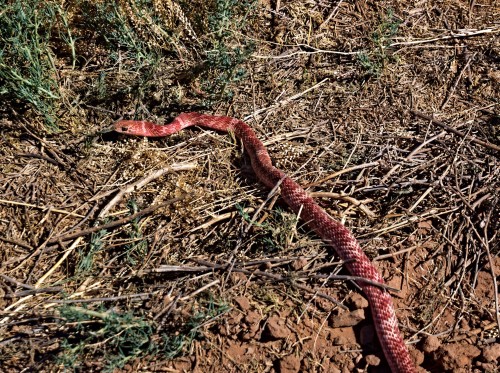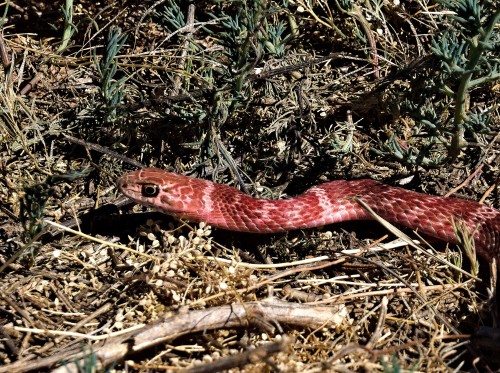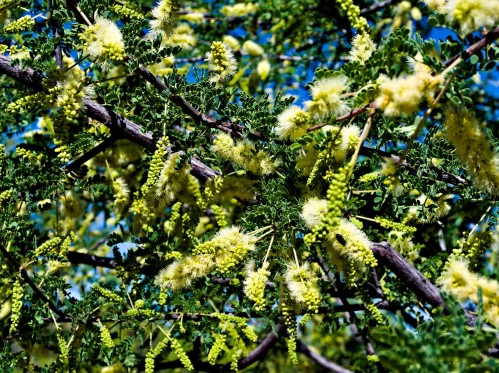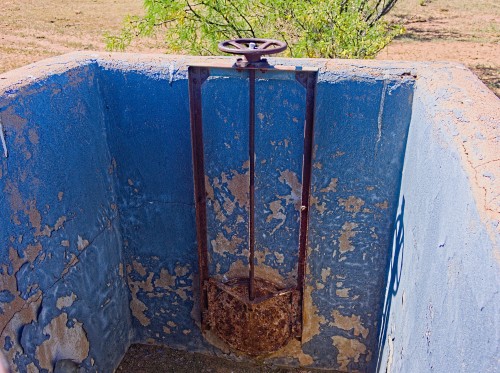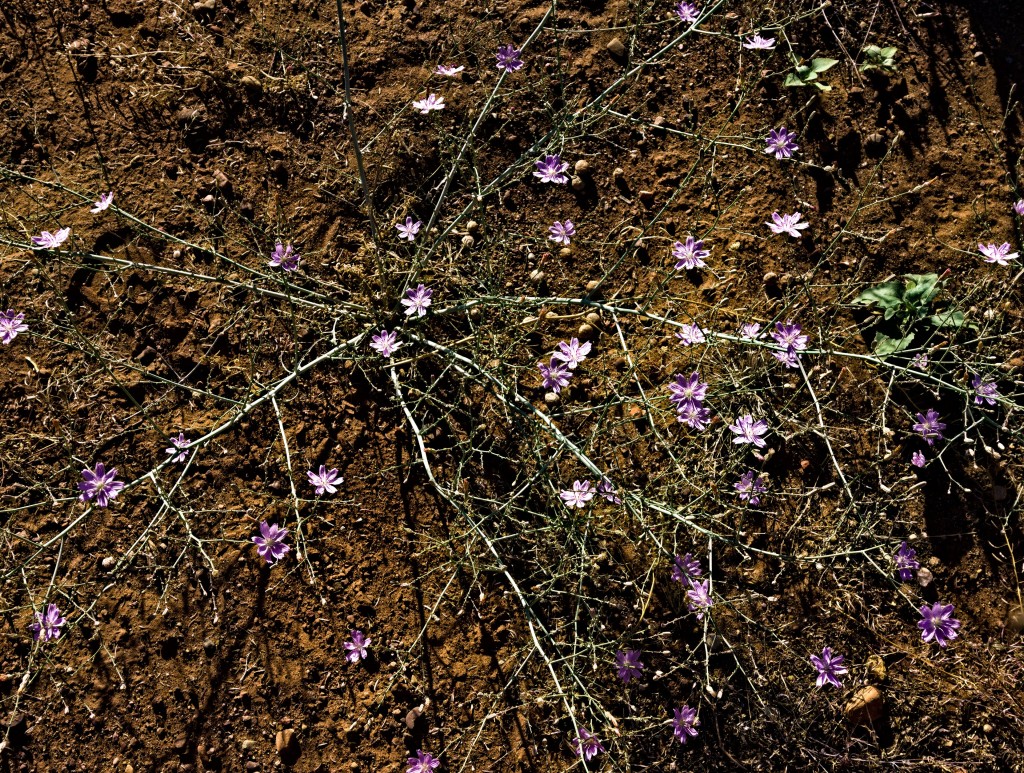“In 1932 a commercial partnership began between the Roman Catholic Church and the Galvin Manufacturing Corporation (later known as Motorola). The product was a vacuum-tube radio in a rounded and streamlined Bakelite case. The radio’s brand name, “Mariola”, was emblazoned on the case, right above the speaker grill, in Art Deco slanted lettering with a red heart on either side. The radio was marketed exclusively to Catholic congregations across the United States as well as to missionaries. What made the radio unique was that it would only receive devotional broadcasts…”
Now that can’t be true! It must be one of those net satellite feed issues which happen now and then when the temperature exceeds 95 degrees. Somehow a Wikipedia article from an adjacent timeline shimmers across the divide and I see anomalous HTML docs from a forked-off alternate version of our universe.
What I was looking for was information about Mariola, a wash-side woody plant which is very characteristic of this Chihuahuan Desert Scrub environment, most of which lies towards the south, in northern Mexico and West Texas.
Marioloa (Parthenium incanum) is a shrub in the Asteraceae family with serrated gray-green leaves and inconspicuous white flowers. The pure white of the flowers must have suggested virginity to a taxonomist, as the genus name, Parthenium, comes from an ancient Greek appellation used for presumably virginal goddesses such as Athena. The Parthenon’s name comes from the same root.
A description of the species at the SEInet botanical site contains this equivocal description of the odor of the plant’s leaves:
“Distinctive as a mostly low-growing, gray-green shrub with a strong scent (pleasant to some)…”
The leaves, when crushed, have a sage-like odor with musky overtones. I can never decide if I like the smell or not. During WWII there was a small pilot project somewhere in Arizona, an effort to determine if it was at all worthwhile to extract the two-to-three-percent of latex which the plant contains. Our government was worried about supplies of rubber during that period, as the Japanese had cut us off from Southeast Asian supplies of the commodity. Airplanes and jeeps needed tires! The project was discontinued, as was a similar trial of guayule, another related plant which grows in Northern Arizona.
This morning I was photographing an early-flowering branch of Mariola. While I focused and adjusted the camera Jennifer exclaimed, “Look! There’s another dead jackrabbit right behind the bush!”
You can see that deteriorated and half-consumed carcass in the photo — it’s to the left of the flowering branches. Luckily for faint-hearted viewers it’s out of focus! That jackrabbit is about the fifteenth dead one we’ve encountered in the past month. They are victims of a viral pandemic affecting both tame and wild rabbits. The disease was first noticed in this county in March.

According to some ethnologists who visited remnant Apaches back in the 1930s fresh Mariola leaves were boiled for a coffee-like hot drink which they called “gaxe”. I gathered a pocketful of Mariola leaves before we returned to the house, and this afternoon I boiled them in a quart of water. Aside from excessive bitterness it didn’t really taste bad — perhaps an infusion would be better. I did wonder about the advisability of drinking something which contains latex!

